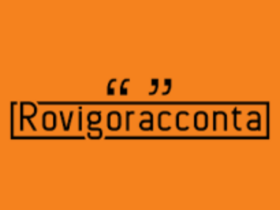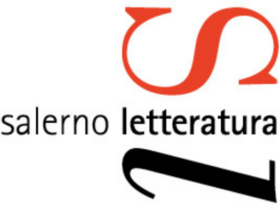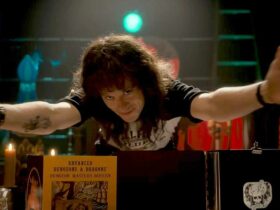Japanese literature has a recent history, up to the fourth century AD in fact, writing did not exist. Only later were Chinese ideograms introduced. Let’s look at it a little more in depth
Japanese literature has gone through various stages, before arriving at those now known novels and the authors of modern literature. Through this overview we will try to understand a little more!
The birth | Japanese literature: 3 books to discover Japanese culture
Japanese literature is a window on Japan, able to best show us the splendor of this country. As previously said, before the arrival of the Chinese it is difficult to place writings of literature, therefore dating back to Japan. The Toraijin, that is, those who crossed the sea, brought culture, customs and writing linked to Chinese traditions. This involves a difficult placement and a complicated understanding of native culture and writing.
The first Japanese book was the Kojiki, “A tale of ancient events”, the first anthology of Japanese poems written with a system called Man’yogana, very difficult to understand, the Man’yoshu.
During the era Heian the use of kana spread and literature underwent a change. Those who adopted them first were women, considered unworthy or able to learn and know Chinese. This is the main reason why the great works of that era were all written by court ladies. In this era the genres that we know were also born, the nikki, the zuihitsu and the monogatari that we have already talked about.
In this period Japanese poetry, refined and courtly, also came to life.
Popular literature | Japanese literature: 3 books to discover Japanese culture
The literature, hitherto idyllic, classic and refined, with the decline of the Japanese noble class began to become more popular. The country, devastated by clan wars, rediscovered the Buddhist faith and this can also be seen in the literature of that period.
With the era Edo, there was an exploit of publishing and the birth of theatrical works. It is considered the last period of classical literature.
Modern literature | Japanese literature: 3 books to discover Japanese culture
With the arrival of the era Meiji, in which the first emperor with political powers (formerly the generals or shogun held that power) began the westernization of Japanese literature and with it modernization.
We will pass from the modern novel to naturalism in the early twentieth century and subsequently to romanticism and popular literature, revived in a modern key. From here the novels known to us will begin to be born, passing through the novel of the self before the war, to war literature and post-war literature, defined as the literature of memory.
With the economic boom of the seventies, post-war literature will be abandoned to open up to the international and feminist one. In those years, in fact, thanks to changes that included female education, there was a real turning point for literature.
In that period the manga, Japanese comic, born in the Meiji era but westernized only later and spread between the 50s and 60s and then became an inspiration for modern novels as well.
3 books
Kojiki. A tale of ancient events.
The oldest existing documentation of Japanese culture from which philologists, historiographers, anthropologists, philosophers have drawn information.
Storia di Ochibuko.
Dating from the Heian period, it is part of classical Japanese literature.
Jun’ichiro Tanizaki’s thin snow.
It dates back to the war period and was even censored in those years. It speaks of four sisters at the outbreak of war, of their frailties, their psychology and their balance.















Leave a Reply
View Comments